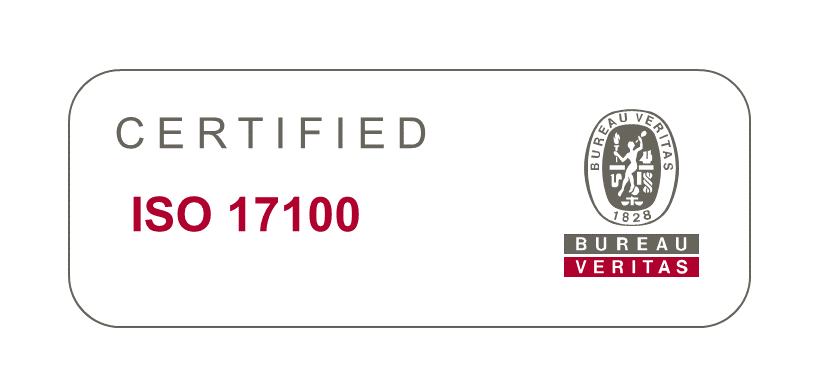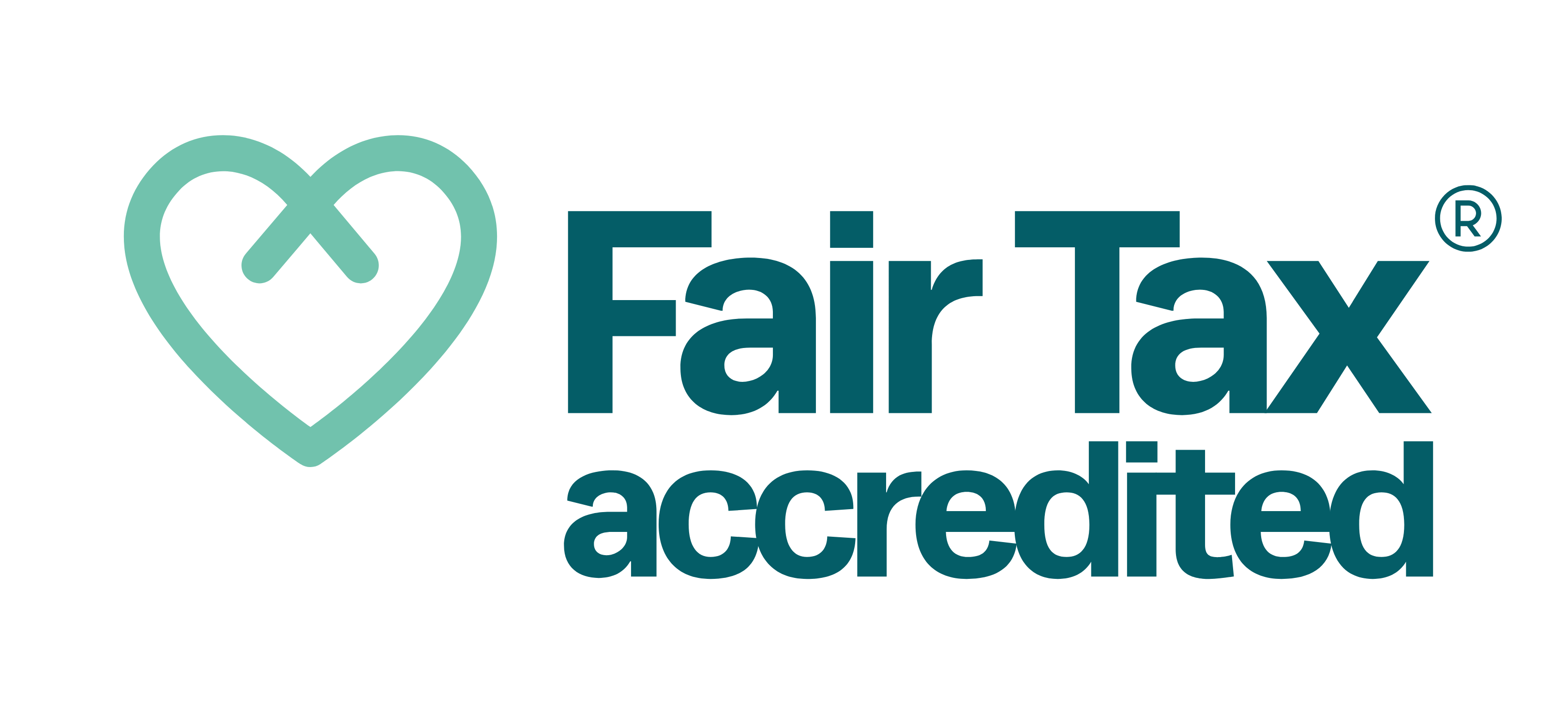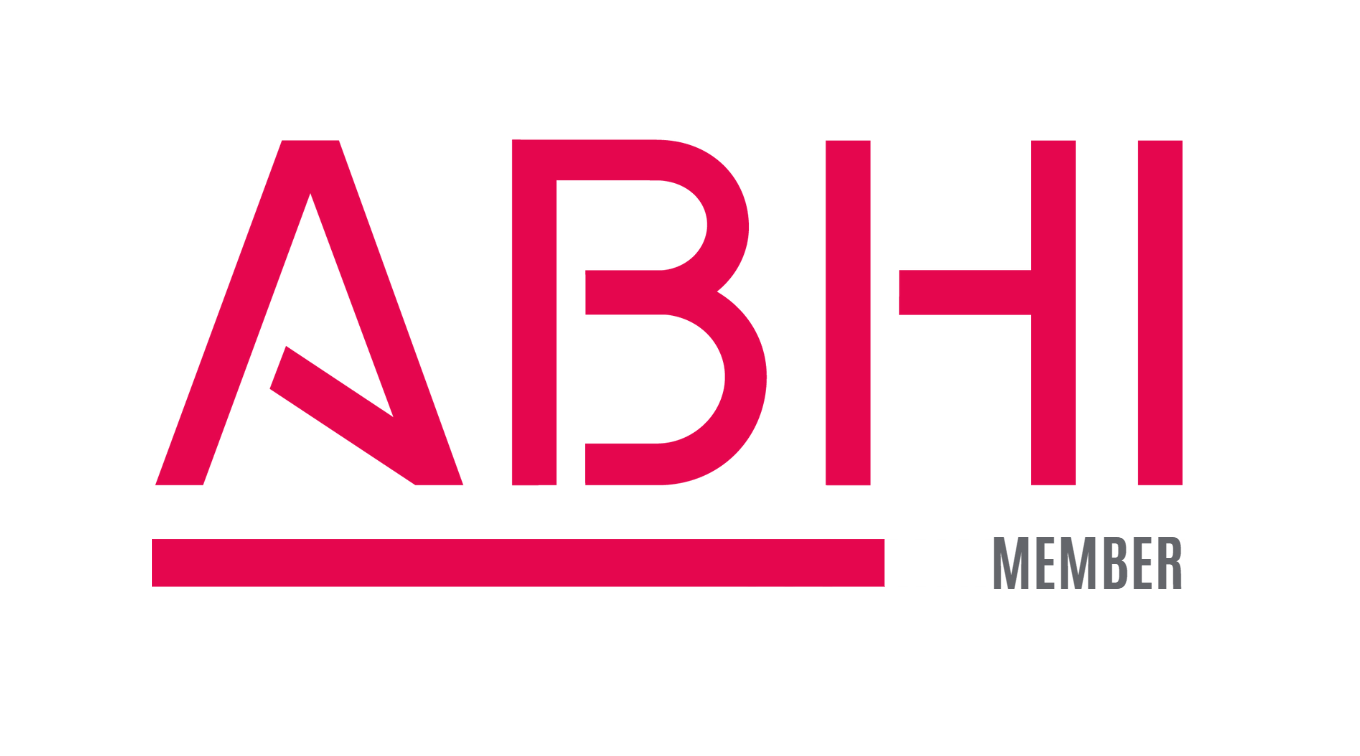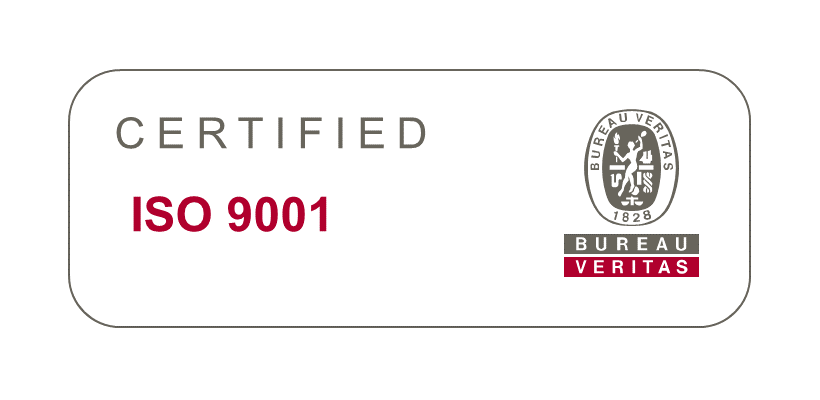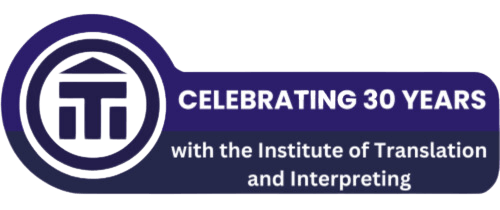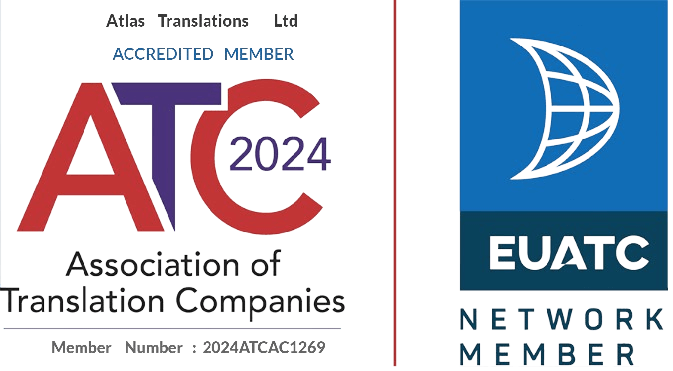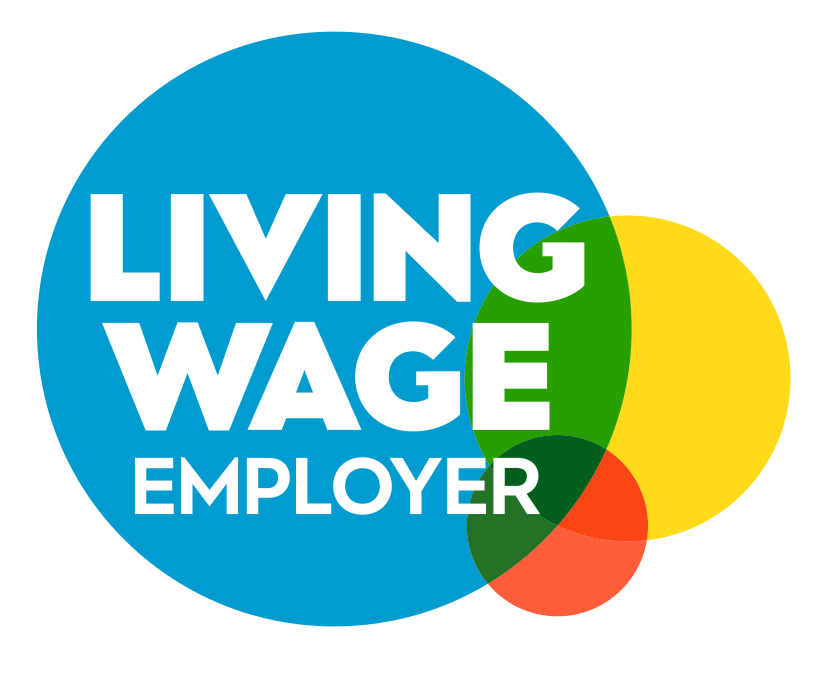Easter Eggs
Like many others, our favourite Easter activity here at Atlas is eating Easter eggs!
The Easter egg signifies the empty tomb of Jesus. Birds hatch from eggs and therefore signify life and acts as a reminder that Jesus rose from the grave.
Eggs have been part of the Easter celebrations and traditions long before Chocolate eggs came on the market. Historically, it was traditional to use up all of the household’s eggs before Lent began. Eggs were originally forbidden during Lent as well as on other traditional fast days in Western Christianity (this tradition still continues among the Eastern Christian Churches). Likewise, in Eastern Christianity, both meat and dairy are prohibited during the Lenten fast, and eggs are seen as “dairy” (a foodstuff that could be taken from an animal without shedding its blood). This established the tradition of Pancake Day being celebrated on Shrove Tuesday. This day, the Tuesday before Ash Wednesday when Lent begins, is also known as Mardi Gras, a French phrase which translates as “Fat Tuesday” to mark the last consumption of eggs and dairy before Lent begins.
The first chocolate Easter eggs were made in Europe in the early 19th Century with France and Germany taking the lead in this new artistic confectionery. A type of eating chocolate had been invented a few years earlier but it could not be successfully moulded. Some early eggs were solid while the production of the first hollow chocolate eggs must have been rather painstaking as the moulds were lined with paste chocolate one at a time!
John Cadbury made his first ‘French eating Chocolate’ in 1842 but it was not until 1875 that the first Cadbury Easter Eggs were made. This may have been because he was not sufficiently impressed with continental eggs to wish to compete with them or because he was too busy with other aspects of his growing business. In fact, progress in the chocolate Easter egg market was very slow until a method was found of making the chocolate flow into the moulds.
The modern chocolate Easter egg with its smoothness, shape and flavour owes its progression to the two greatest developments in the history of chocolate – the invention of a press for separating cocoa butter from the cocoa bean by the Dutch inventor Van Houten in 1828 and the introduction of a pure cocoa by Cadbury Brothers in 1866. The Cadbury process made large quantities of cocoa butter available and this was the secret of making moulded chocolate or indeed, any fine eating chocolate.
The earliest Cadbury chocolate eggs were made of ‘dark’ chocolate with a plain smooth surface and were filled with dragees. The earliest ‘decorated eggs’ were plain shells enhanced by chocolate piping and marzipan flowers.
The launch in 1905 of the famous Cadbury’s Dairy Milk Chocolate made a tremendous contribution to the Easter egg market. The popularity of this new kind of chocolate vastly increased sales of Easter eggs and did much to establish them as seasonal best sellers. Today the Easter egg market is predominantly milk chocolate.
What is your favourite Easter egg? Let us know.

